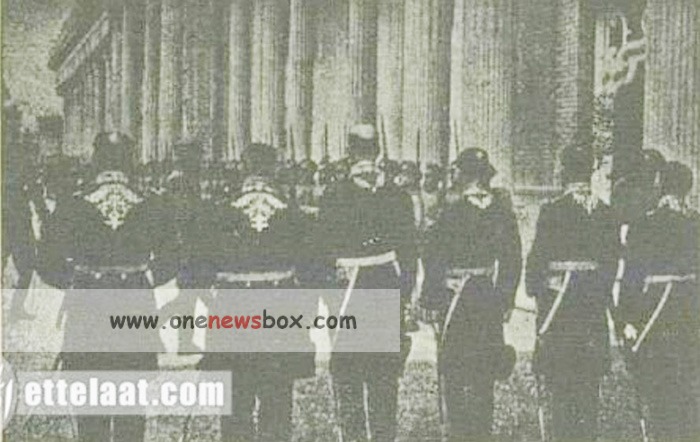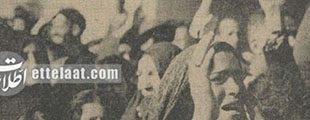The first session of the first term was held on 18 Sha’ban 1324 AH (7 October 1906) in the Golestan Palace, in the presence of Mozaffar al-Din Shah. The Assembly was soon relocated to Baharestan Square, adjacent to the Sepahsalar Mosque and School, where it remained for most of its existence during the Qajar and Pahlavi periods. In the early years, the Assembly was occasionally referred to as “Dar al-Zafar” or “Adl al-Muzaffar,” in honor of the constitutional achievements attributed to Mozaffar al-Din Shah.
From Monarchy to Centralization: The Assembly in the Pahlavi Era
With the ascendance of Reza Shah Pahlavi in 1925, Iran’s political structure underwent significant reforms. Although the National Consultative Assembly remained a formal legislative body, Reza Shah’s authoritarian rule severely curtailed its independence. The tenth term of the Assembly, inaugurated in 1935, occurred during a time of rapid modernization, legal reforms, and the reorganization of state institutions.
This term was not merely ceremonial; it reflected the broader transformation of Iranian political life into a centralized, state-controlled order. Laws passed during this period often concerned economic modernization, national infrastructure, judicial reform, and cultural unification, including controversial decisions like the mandatory unveiling of women and the replacement of Islamic and local calendars with the solar Hijri calendar based on the coronation date of Cyrus the Great.

